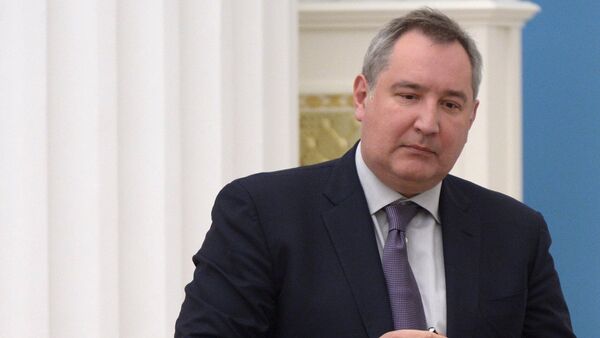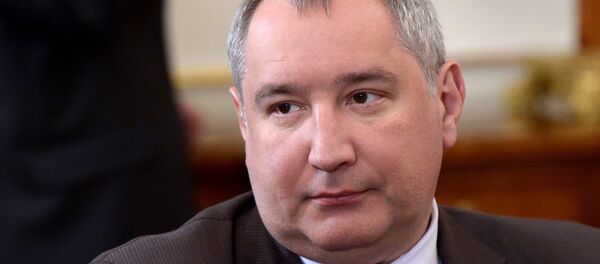“Poltorak talks about a dual threat, but the real threat to their security is not on the west, and not on the east. They should search for it in themselves,” Rogozin wrote on his Twitter.
У Полторака угроза двояка http://t.co/CIUORTyGv1 Но главная угроза их безопасности — и не на западе, и не на востоке. Пусть ищут ее в себе
— Dmitry Rogozin (@Rogozin) 13 декабря 2014
Poltorak, speaking in the parliament on Friday, said that a decision was being worked on to increase the number of troops in the southeastern areas to protect Ukrainian territory as there was a "threat from the eastern border" and "threat from Transnistria" in the south.
Transnistria is a breakaway republic between Moldova and Ukraine, which has close ties with the Russian Federation.
In 1992, Transnistria declared its independence from Moldova in a move, which led to armed hostilities and Moldova’s subsequent loss of control over the region following a failed crackdown. The region is now seeking international recognition, while Moldova offers Transnistria autonomy within a unitary state.
After the end of violence, Russia, Moldova and Transnistria’s representatives established a tripartite peacekeeping force in the breakaway republic. According to the Transnistrian data, there are currently 402 Russian, 492 Transnistrian and 355 Moldovan servicemen, as well as 10 Ukrainian military observers keeping peace in the conflict zone.
Russia has repeatedly stated that it not a party to the Ukrainian internal conflict, adding that Moscow would like to see Ukraine overcome political and economical crises.




